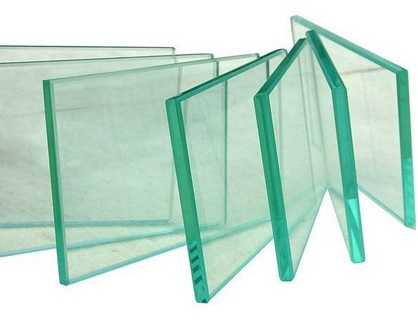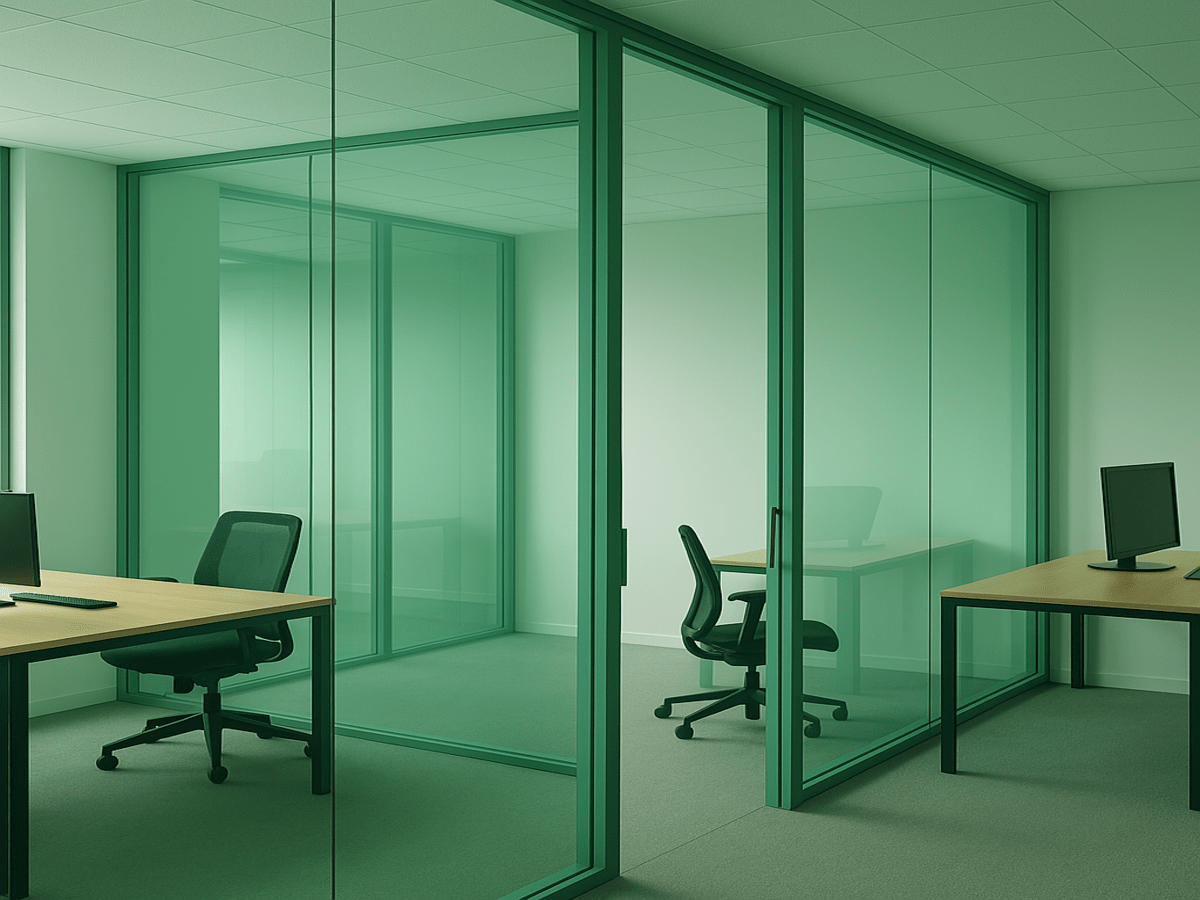Green Tinted Glass – A Modern Architectural Solution
Introduction
Green Tited Glass has always played an essential role in architecture and design. From ancient stained windows to the sleek skyscrapers of today, glass is a material that combines beauty with practicality. Among the many types of glass available in the market, Green Tinted Glass stands out for its functional and aesthetic properties. With its subtle green hue, energy efficiency, and modern appeal, it is widely used in residential, commercial, and industrial projects.
This article explores everything about green tinted glass—its properties, benefits, applications, and why it is becoming the preferred choice for architects and homeowners around the world.
What is Green Tinted Glass?
Green Tinted glass is a type of float glass that has been manufactured by adding small amounts of iron oxide during the production process. This creates a slight green coloration throughout the glass pane, giving it a modern and stylish appearance.

The Green Tinted Glass is not just for looks—it significantly improves the glass’s ability to reduce solar heat gain, making it a popular choice in regions with hot climates. Unlike clear glass, green tinted glass reduces glare and filters UV rays while still allowing natural daylight to pass through.
Key Features of Green Tinted Glass
1. Aesthetic Appeal – The green hue gives buildings a contemporary look and blends beautifully with modern architectural designs.
2. Solar Control – Reduces heat transmission, keeping interiors cooler.
3. UV Protection – Blocks harmful UV rays that cause skin damage and fading of furniture.
4. Energy Efficiency – Helps reduce air conditioning costs by controlling heat gain.
5. Versatility – Can be cut, tempered, laminated, or double-glazed for additional strength and safety.
6. Durability– Resistant to weathering, ensuring long-lasting performance.
Benefits of Using Green Tinted Glass
1. Energy Savings
One of the primary reasons architects and builders choose green tinted glass is its ability to lower cooling costs. By filtering solar radiation, it keeps indoor spaces cooler, which reduces the need for air conditioning.
2. Enhanced Comfort
The reduced glare and heat penetration create a more comfortable environment for occupants. Offices, homes, and retail spaces benefit from improved visibility and reduced eye strain.
3. Sustainability
With growing concerns about climate change, energy-efficient materials like green tinted glass are essential for sustainable construction. They reduce overall energy consumption and support green building certifications such as LEED.
4. Protection of Interiors
Sunlight can damage upholstery, flooring, and artwork over time. Green tinted glass helps preserve the interior décor by blocking UV rays.
5. Aesthetic Flexibility
Its natural green tone complements modern facades, especially when paired with aluminum, steel, or concrete structures. It can also be combined with reflective or coated glass for unique architectural effects.
Applications of Green Tinted Glass
Green Tinted glass is widely used across different sectors due to its performance and beauty:
1. Commercial Buildings
Skyscrapers and office towers often use green tinted glass to enhance the exterior look while improving energy efficiency.
2. Residential Projects
Green Tinted Glass Villas, apartments, and bungalows use this glass for windows, balconies, and facades. It ensures privacy while allowing natural light.
3. Interior Design
Used for partitions, shower enclosures, tabletops, and decorative elements. Its subtle green tone adds sophistication to interiors.
4. Automotive Industry
Car windows and sunroofs often use tinted glass for comfort and UV protection.
5. Public Infrastructure
Airports, metro stations, and shopping malls use green tinted glass to create modern, eco-friendly spaces.
Green Tinted Glass vs. Clear Glass
| Feature | Green Tinted Glass | Clear Glass |
| Heat Reduction | High | Low |
| UV Protection | Better | Minimal |
| Energy Efficiency | Excellent | Poor |
| Aesthetic Appea | Modern Green Tone | Transparent |
| Cost | Slightly Higher | Lower |

Clearly, while clear glass remains common, green tinted glass offers far more value in terms of performance and sustainability.
Production Process of Green Tinted Glass
The manufacturing process is similar to float glass, but with an important difference—the addition of metal oxides:
1. Raw Materials – Silica sand, soda ash, limestone, and iron oxide are the main ingredients.
2. Melting – These materials are melted at very high temperatures in a furnace.
3. Float Process– The molten glass floats on molten tin, forming a uniform thickness.
4. Coloration – Iron oxide gives the glass its green hue.
5. Annealing – The glass is slowly cooled to remove internal stresses.
6.Cutting & Processing – Sheets are cut into required sizes and can undergo tempering, lamination, or coating.
Why Architects Prefer Green Tinted Glass
Modern architecture emphasizes sustainability and aesthetics. Green tinted glass supports both:
Eco-Friendly Choice – Reduces carbon footprint by lowering energy demand.
Design Freedom – Architects can play with color contrasts and reflective effects.
Performance-Oriented Offers functional benefits without compromising style.
Future of Green Tinted Glass
With global construction trends focusing on energy efficiency and green buildings, the demand for green tinted glass is expected to rise significantly. Technological advancements may lead to new coatings and improved solar control properties, making it even more versatile.
Additionally, as smart cities and eco friendly infrastructure projects increase, green tinted glass will remain a core element in sustainable building design.
Conclusion
Green Tinted glass is not just about adding a stylish green hue to buildings—it is about combining beauty with performance. With its ability to reduce heat, block UV rays, and save energy, it has become a preferred material for modern construction and interior design. Whether used in commercial skyscrapers, homes, or public spaces, green tinted glass enhances both aesthetics and functionality.
As the world continues to prioritize sustainability, this versatile material will play an even more significant role in shaping eco-friendly, energy-efficient spaces.
Tags: Commercial Glass Solutions, Decorative Glass, Energy Efficient Glass, Glass for Facades, Green Glass Panels, Green Tinted Glass, Modern Glass Designs, Privacy Glass, Residential Glass Solutions, Tinted Glass Sheets

